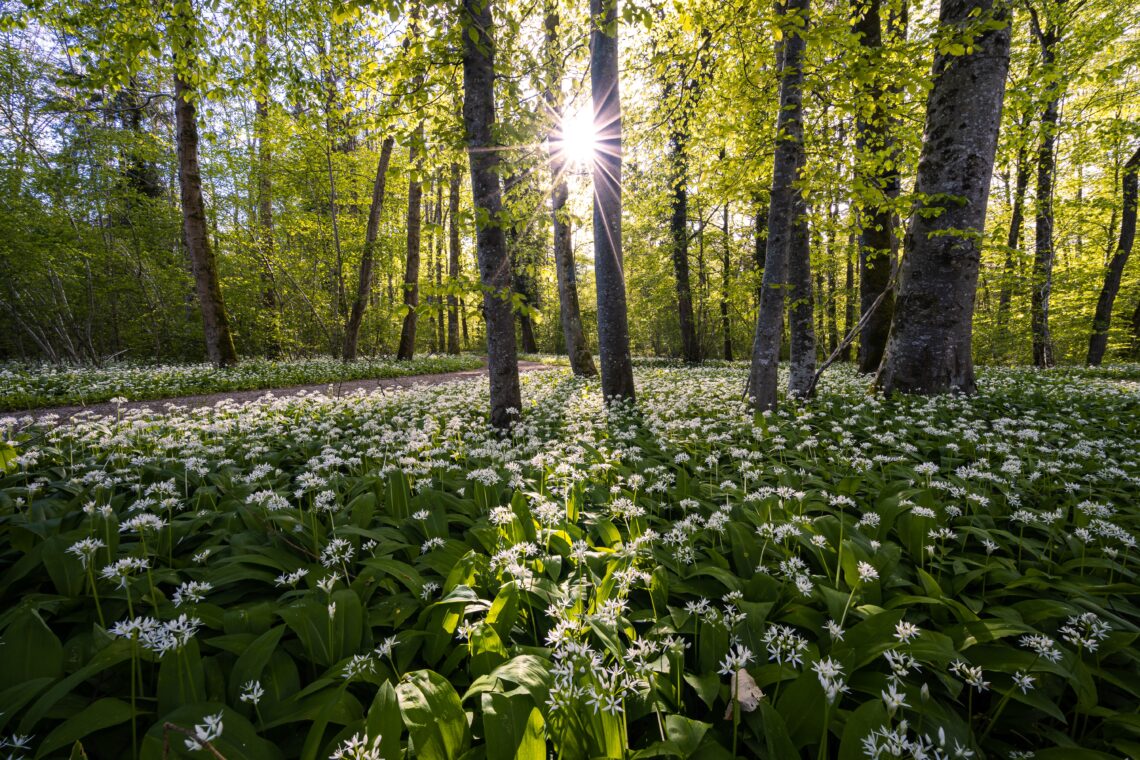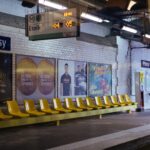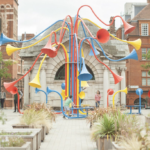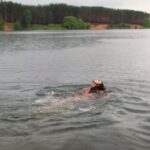Understanding landscape beyond its visual realm requires an engagement in dynamic and embodied forms of sensory enquiry (Prior, 2017). This blog will explore how soundwalks are a valuable ethnographic method for understanding deeply emotional attachments and experiences of place.
Walking allows us to be active participants in placemaking, as geographers we can understand how and why people construct and attach different meanings to the places they inhabit, by exploring their everyday lived experiences through the simple act of walking (Springgay and Truman, 2018). Walking as a research method has enabled sensory ethnographers to pay closer attention to sense modalities other than vision (Prior, 2017). Soundwalks, according to Abram and Bajič (2022, p.116), provide “a blueprint for contemporary walking methods”. The ambient dimensions of a landscape can sometimes tell us much more about its character than textual descriptions, thus using sonic methods to research a specific place can uncover nuanced complexities and understandings where traditional forms of data collection are much less likely to capture (MacFarlane, 2020; Prior, 2017).
While soundwalks allow us to appreciate our acoustic environments and to capture spontaneous bodily reactions to our soundscapes, they can also help us to understand how our own existence within the soundscape can affect the types of meaning we attach to places (McCartney, 2014). My mother’s annual pilgrimage to a local bluebell wood to forage wild garlic has become almost a spiritual ritual. Living in cities for the majority of her life, this wood on the edge of Bristol is her sanctuary and this first visit of the year is an emotional moment, evoking an overwhelming sense of joy and strong attachment. It was my mother’s description of the serenity, silence and sounds that was notable. In order to understand this soundscape and why it plays such an important role, I conducted a soundwalk in the woodland, recording as she moved through the space foraging. I recorded both her activity and the sounds of the landscape surrounding her.
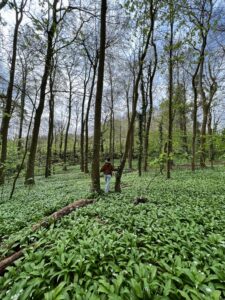
Wild garlic foraging soundwalk compilation, Katy Knapp, 2023
‘
The first thing heard on entering the woodland is the quiet, the almost complete absence of intrusive noises and the intense visceral sounds of her own presence, the woodland itself and the impact she has on it. It is this combination that makes the experience so intense and emotional. One hears her breathe, footsteps crunching on leaf litter, swishing past swathes of garlic, leaves being plucked, placed in a bag and munching of stems. Meanwhile diverse birdsong serenades with the occasional distant dog bark and car hum reminding her of the city. It is this feeling of being present in the soundscape that gives her a sense of oneness with and belonging to the landscape.
Recording the soundwalk enabled me to understand how sound evoked such strong emotional attachments and the deep meaning she experiences in this wood. As Bates (2020 p.4) explains sound recordings allow the “making of scenescapes that map onto individual memories and life stories, allowing participants to place themselves in spaces of personal significance”. Soundwalks enable researchers to capture the unique nature of how places are lived and experienced through our listening bodies (Duffy and Waitt, 2011). Using soundwalks helps demonstrate how sonic methods can be useful in revealing unique relationships between people and the places they inhabit.

Word Count: 503
References:
